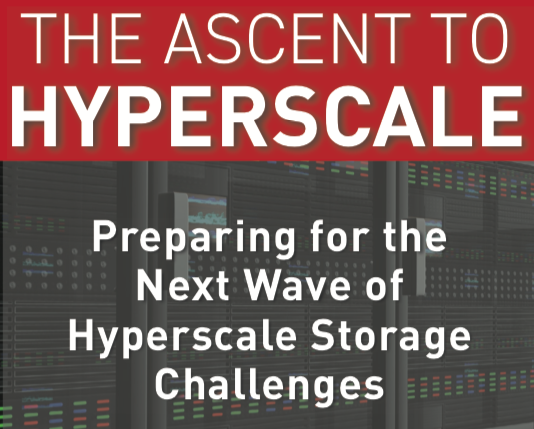Managing the Archival Upheaval

Relentless digital data growth is inevitable as data has become critical to all aspects of human life over the course of the past 30 years and it promises to play a much greater role over the next 30 years. Much of this data will be stored forever mandating the emergence of a more intelligent and highly secure long-term storage infrastructure. Data retention requirements vary widely based on the type of data, but archival data is rapidly piling up everywhere. Digital archiving is now a key strategy for larger enterprises and has become a required discipline for hyperscale data centers.
Many data types are being stored indefinitely anticipating that its potential value will eventually be unlocked. Industry surveys indicate nearly 60% of businesses plan to retain data in some digital format 50 years or more and much of this data will never be modified or deleted. For many organizations, facing terabytes, petabytes and potentially exabytes of archive data for the first time can force the redesign of their entire storage strategy and infrastructure. As businesses, governments, societies, and individuals worldwide increase their dependence on data, data preservation and archiving has become a critical IT practice. Fortunately, the required technologies are now available to manage the archival upheaval.
For more information, check out this Horison Information Strategies White Paper “Managing the Archival Upheaval.”

